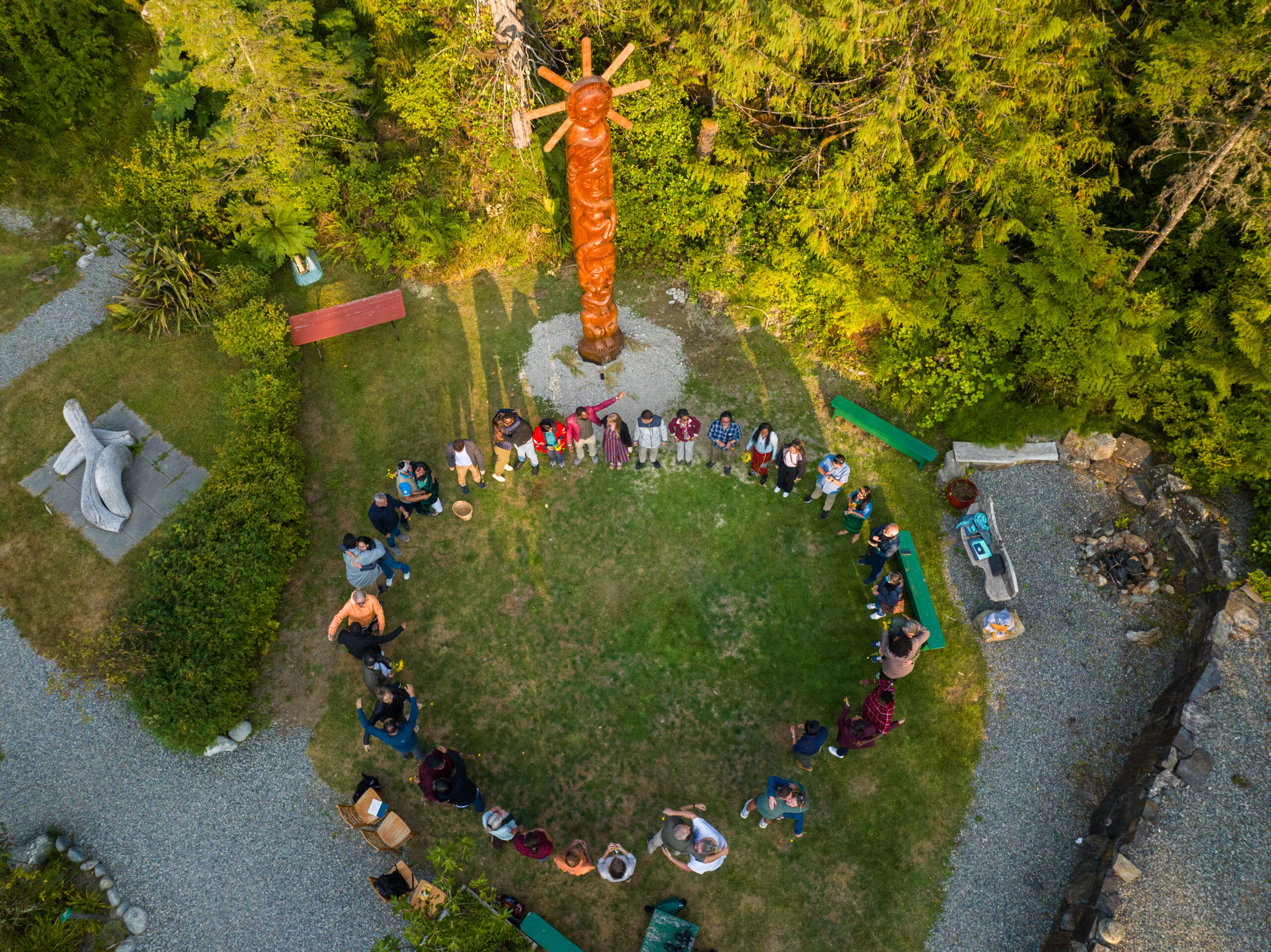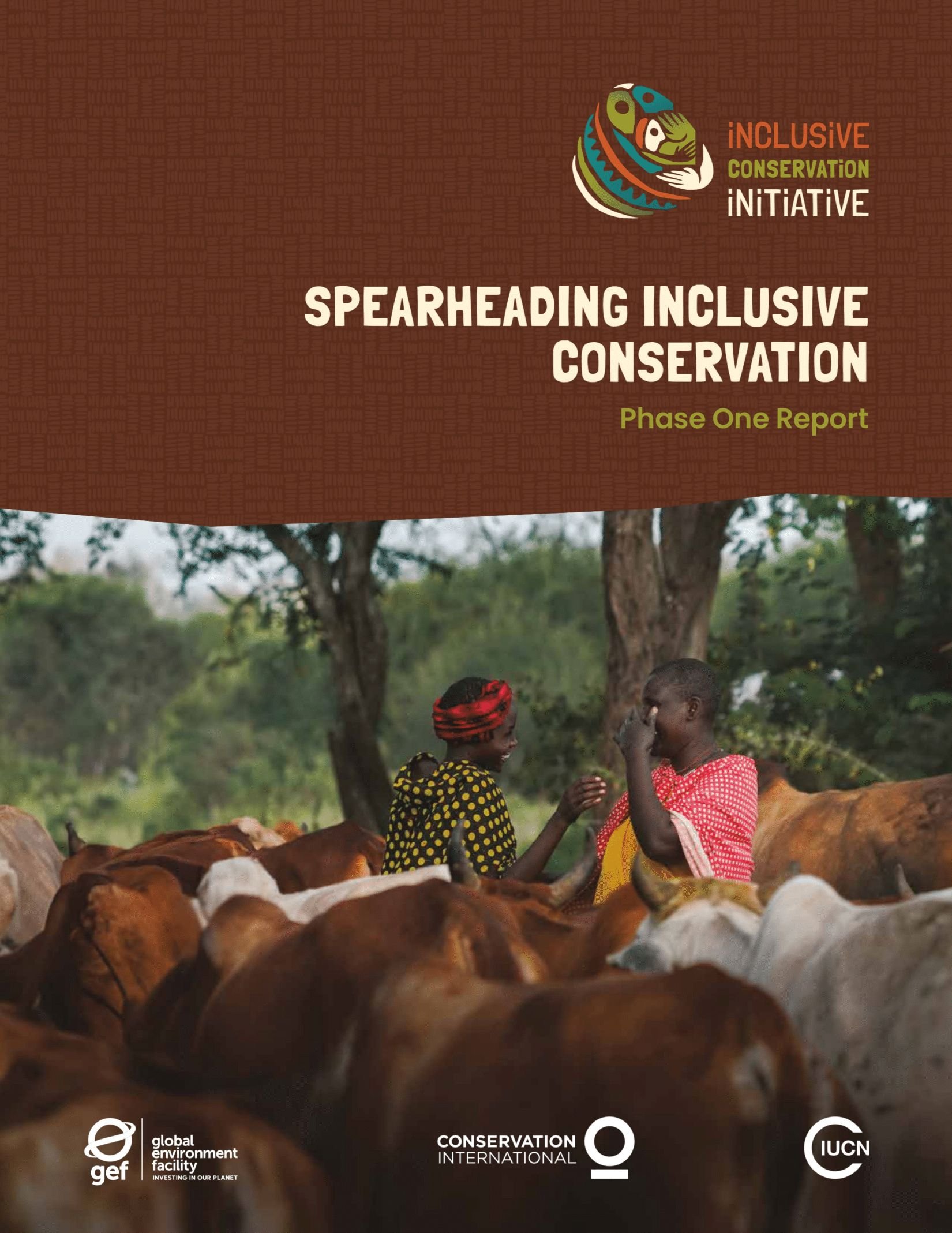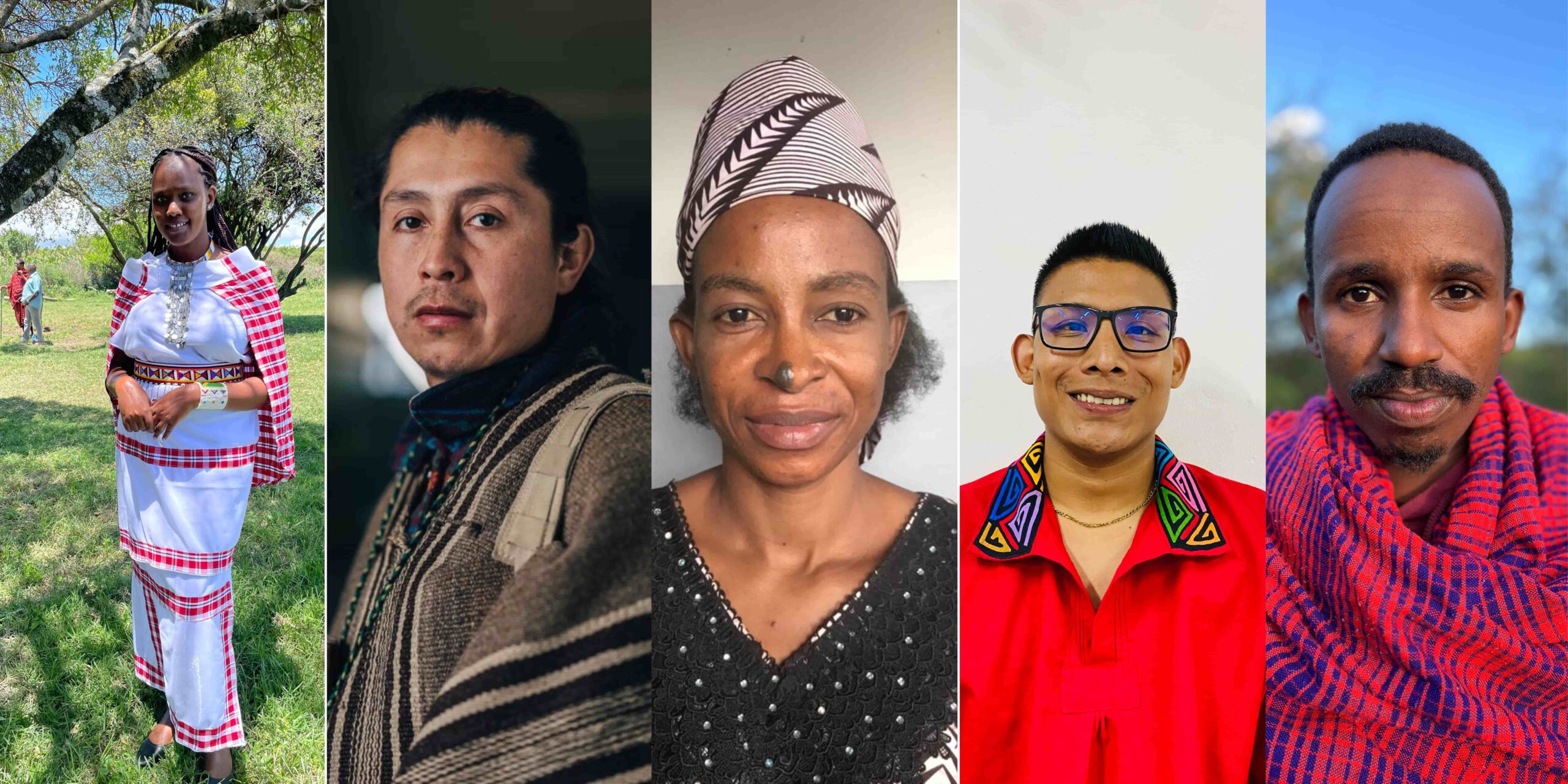
International Day for Biological Diversity 2023: From agreement to action: Building back biodiversity through inclusive conservation
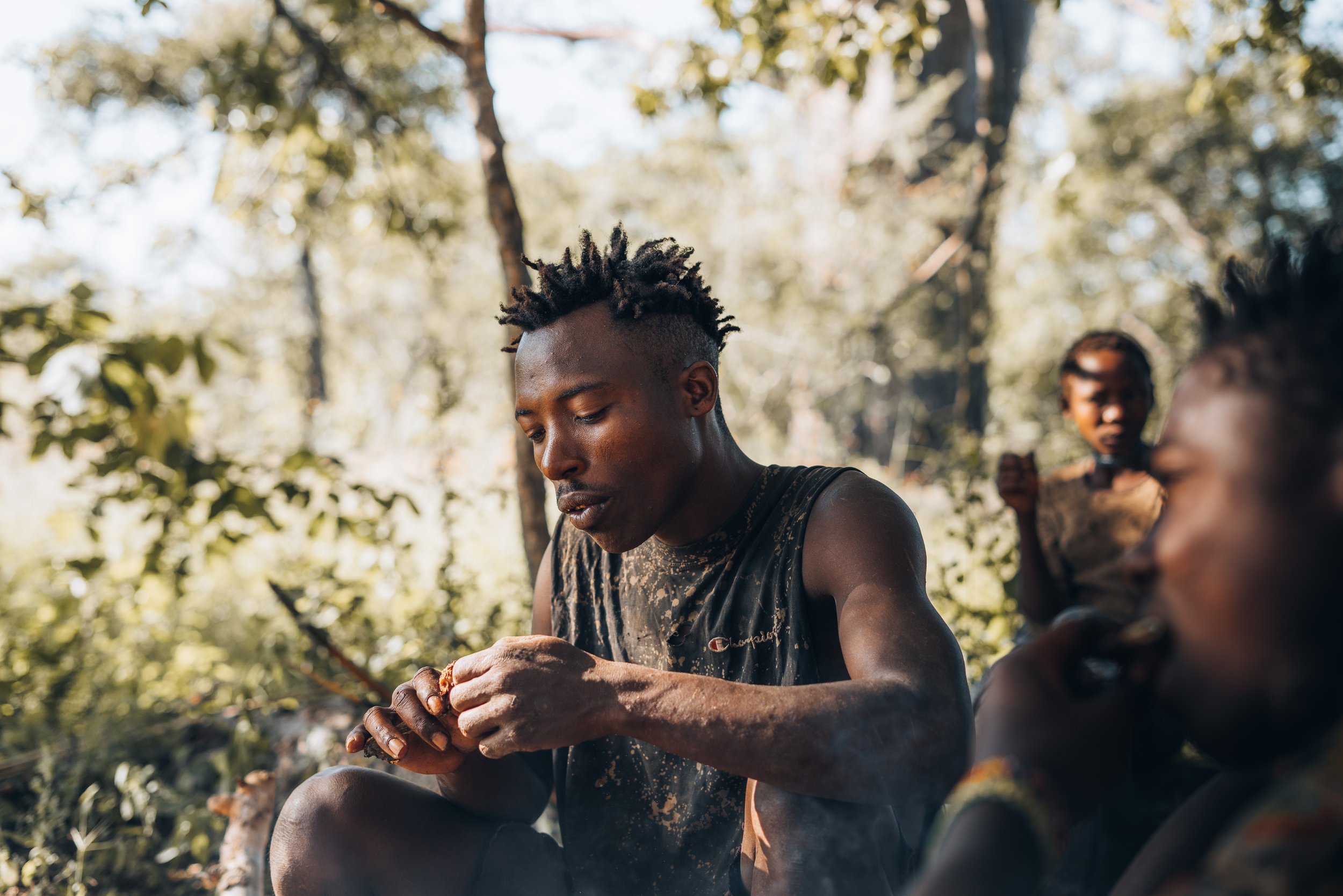
There are approximately 370 million Indigenous Peoples today representing thousands of languages and cultures around the world.
Indigenous lands make up around 20% of the Earth’s territory and contain 80% of the world’s remaining biodiversity. While the world builds back biodiversity to move the Kunming-Montreal Global Biodiversity Framework into its implementation, Indigenous Peoples’ long-standing leadership as protectors of the environment needs to be supported, invested in, and scaled-up.
To move from agreement to action, governments, funders and NGOs alike need to move to more inclusive conservation models that support Indigenous Peoples and Local Communities (IPs and LCs) leadership to continue to steward biodiversity. This means respect and recognition for Indigenous rights over lands and territories, access to financial and technical resources to manage their natural resources, and valuing traditional knowledge.
The sub-projects of the Inclusive Conservation Initiative (ICI), through support for their leadership from the Global Environment Facility (GEF), are taking action to protect and restore biodiversity in diverse ecosystems all around the world, including in Thailand, Chile and Argentina, and Tanzania.
Asia and the Pacific
Thailand: The Mae Tia Watershed Area
By Kittisak Rattanakrajangs, Indigenous Peoples’ Foundation for Education and Environment (IPF)
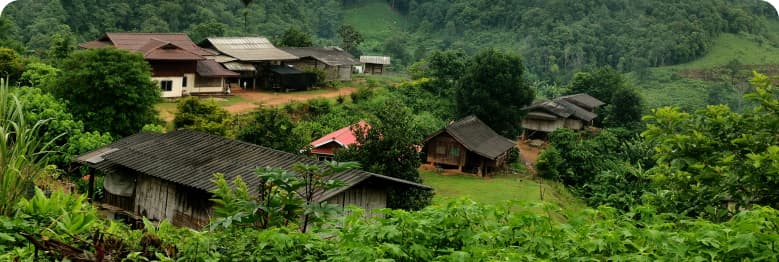
The Mae Tia watershed area is located in the Chomthong District, Chiang Mai province, Thailand. With its two rivers, the Ler Thi Glo and the Thi Doh Glo, it is an important water source.
These two rivers conflue and form the Mae Tia River, which flows into the Mae Klang river and eventually into the Mae Ping river, one of the main rivers in Thailand.

The Mae Tia watershed is situated south of the Inthanon mountain range and it is one of the richest and largest sources of biodiversity in Thailand.
It nurtures the communities with food and water for household use and for agriculture. Among these communities we can find the Hin Lek Fai and Huay Manao, a Karen village located at Moo 4, Doi Kaeo Sub-District, Chom Thong District, Chiang Mai Province, one of the ICI implementation areas in Thailand.

Our communities have traditional knowledge and rules that they have inherited and passed down from generation to generation, and that they are now continuing to use under ICI to take care of biodiversity resources.
They perform rituals to pay respect to the water and to the guardian spirits who protect the natural resources of the areas.
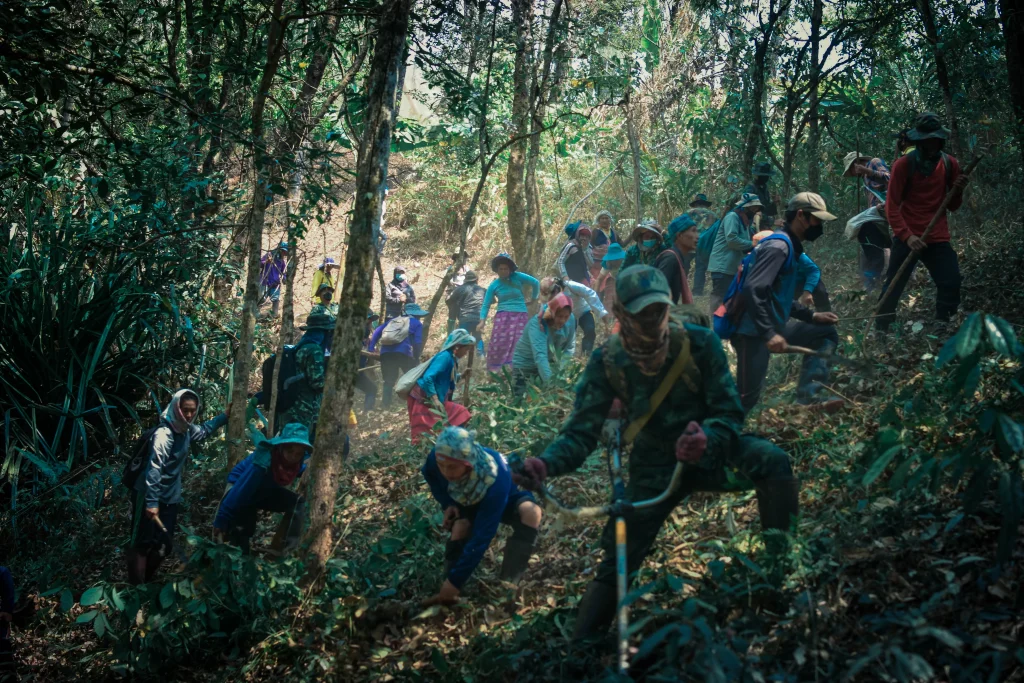
They have also built and maintained a fire-break line about five kilometers long to prevent forest fires from outside from entering the community forest area, especially during the dry season.
This is a collective activity of community members and every year each household sends one or two representatives per family to come together to maintain the fire-break line. If a wildfire reaches the community area, both male and female villagers are mobilized to extinguish it. In this way we are keeping biodiversity intact and ensuring its continued function for the benefit of the community and the livelihoods alike.
South America
Chile and Argentina: The Wallmapu Territory
By Leonardo Simón Crisóstomo Loncopán, Futa Mawiza

The Wallmapu is the ancestral territory of the Mapuche Peoples. It is here that our people have developed an intrinsic connection with this space and the cosmos, generating a philosophy of life in perfect harmony with the mountains, rivers, lakes, forests: the whole.
This relationship and link is called tuwün, and it is defined as the identity and sense of belonging to a place that saw us being born and that gave us the language to be able to talk with the people and the mapu (the territory).

The territories and communities that belong to the Futa Mawiza project under ICI are located in the middle of the great mountain range of the Andes.
This has always been the bridge and the cultural communication link of the Mapuche Peoples who have inhabited these lands since ancestral times.

Since the occupation of the Wallmapu by Chile and Argentina centuries ago, our communities have fought tirelessly for vindication, recovery, and territorial reconstruction.
In doing so, they have generated processes of defense and territorial protection against extractive projects.

Today under ICI we work for the protection of the Araucaria forests and ecosystems, a sacred tree for our Peoples that is found in the Wallmapu and that has been considerably affected by climate change.
In addition, our organizational work has established a focus on the governance of the State’s protected areas, in order to move towards conservation with an Indigenous perspective that recognizes our territories and our customary uses of them. In the same sense and in the context of governance of protected areas, we have “returned” to the National Parks, which, a few years ago, denied our communities access and customary use. It is in this space that today we are rebuilding our territory, recovering our ceremonial sites, and protecting the biodiversity of these territories from the pressure of the tourism and real estate industries.
Sub-Saharan Africa
Chile and Argentina: The Wallmapu Territory
By Jessica Lasota, Ujamaa Community Resource Team (UCRT)

The Hadzabe, one of the world’s few remaining Indigenous communities, have resided in the cradle of humanity for over 90,000 years.
Their lifestyle, centered around sustainable hunting and gathering, has enabled them to live in harmony with nature. This peaceful and egalitarian society values equal rights and respect for all members regardless of age or gender.

Hadza Land, located in northern Tanzania’s Yaeda Valley along the boundaries of a World Heritage Site – the Ngorongoro Conservation Area – is a critical wildlife habitat, hosting diverse animal populations such as elephants, lions, cheetah, and wild dogs.
Unfortunately, the Hadzabe have lost about 90% of their land to agricultural and grazing activities in recent decades, putting their way of life and the ecosystem at risk.

To address this issue, UCRT supported the Hadzabe community in securing their ancestral lands through the acquisition of a ‘Certificate of Customary Right of Occupancy’ (CCRO).
This rights-based conservation model has allowed the Hadzabe to continue stewarding their lands, protecting wildlife habitats, and restoring the ecosystem, and has led to the community entering into a carbon offset project that has documented a 9% decline in deforestation rates in Yaeda Valley since 2013.

As part of its efforts to increase the protection of the Hadzabe Peoples’ territories and their biodiversity, UCRT is taking additional measures under ICI to support the Hadza in strengthening their governance institutions and management of their forested areas.
Through ICI, the Hadzabe community will be able to maintain their ability to prevent encroachment on their land and protect their rights, which will help to safeguard their traditional way of life and the diverse ecosystem that they call home.

